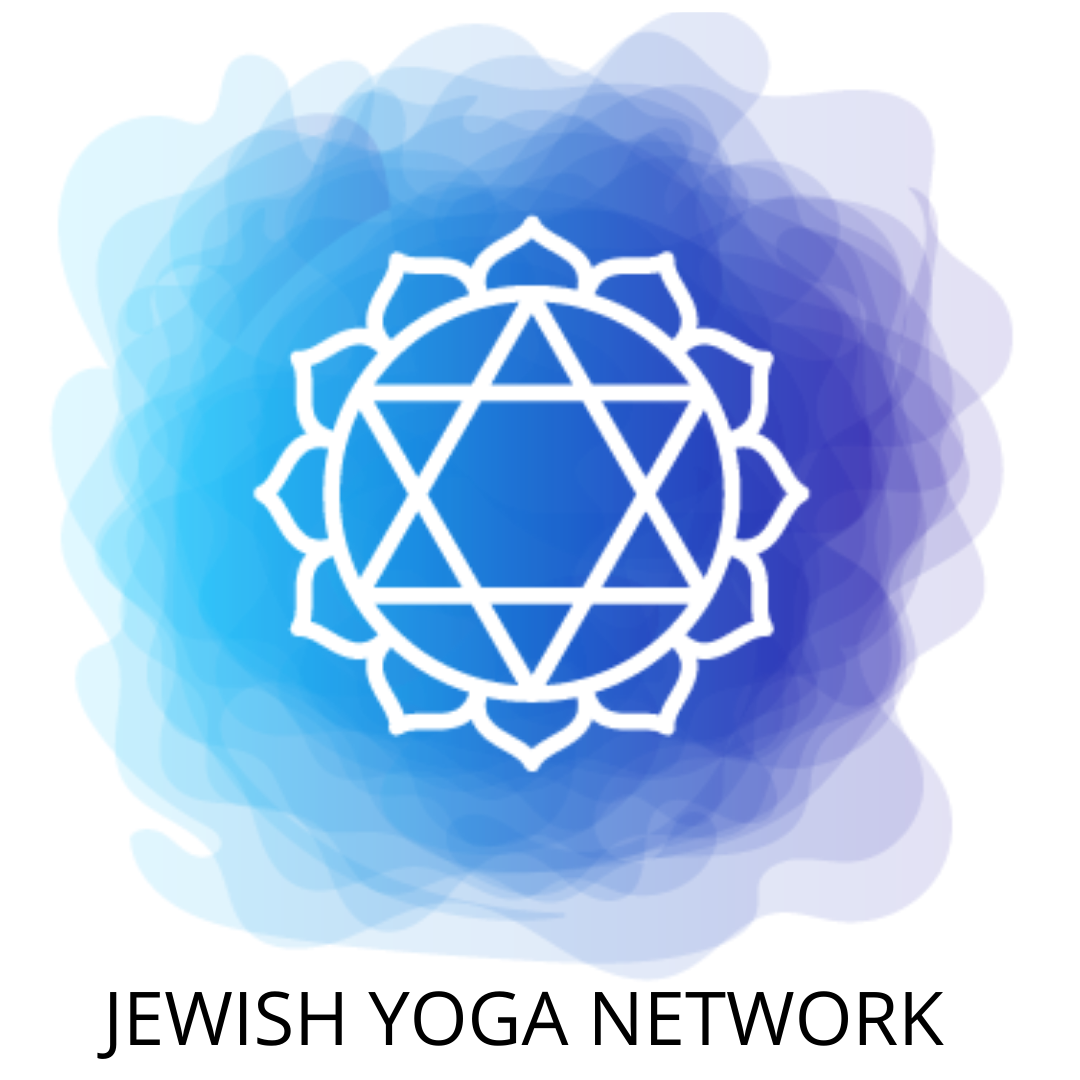Savasana – A Jewish Yogi’s Perspective on Death and Dying
“Ahhh Savasana…” Those longed for words at the end of an intense class. Even the newest yogi knows the pleasure, relief, and release that comes with Savasana. It is the time to bliss out, recover, and be at peace.
Countless Jewish Yoga articles have mentioned the relationship between Shabbat, the day of rest, which comes at the end of a long work week, and Savasana. Rest is important for healing, creativity, and a justly deserved reward for hard work. However, the hard work in this pose, and what it is really is about, is often left aside. In fact, there are elements – solemn, perhaps even grave, sobering concepts – that are not discussed, misunderstood, and forgotten. Forgetting Corpse Pose is about death, one risks losing the pose’s effects entirely.
Ecclesiastes 7:2 states, “It is better to visit a house of mourning, than to attend a party, for this (death) is the end of all men, and the living should take this to heart.”
Ok so, Savasana is Corpse Pose. It’s about experiencing death – and to forget this removes an integral element of the pose and it’s desired effect. What desired effect though? Why is it important to feel death, if just for five minutes a day? What are we missing in our Savasana that Ecclesiastes wants us to internalize?
This week, I attended my grandmother’s funeral. I looked down in the ground and saw her simple wooden casket. I shoveled earth onto her grave and shivered with the sound of the dirt hitting the wood, speaking with a distinct finality. The night before, mom and I sat and discussed what dying is all about. I told her that in Hebrew, we describe a dead person as “niftar.” The shoresh or root of the word “niftar” is “PTR”, and has a number of different meanings: deceased, exempt, redeemed. The question was though, how were each of these words related, and what did it teach us about death and dying in Judaism?
I found an answer in an introduction by Gregory Hillis, to a version of the Tibetan Book of the Dead by W.Y. Evan-Wentz. To paraphrase, Hillis makes a sharp distinction between the Western and Eastern approach to death. In the Western approach, fear of death comes about from fear that there is nothing after this world. This world is our one chance to live – and then it is all over. In the Eastern approach to karma and samsara, the fear of death comes from the exact opposite: the fear of returning to this world, with unfinished business. Rabbi Aryeh Kaplan writes in Jewish Meditation on the very first page that, “Judaism is an eastern religion.” Could this approach to death be a Jewish perspective as well?
The Hebrew definitely supports that this could be so. Why do we call someone who died “niftar?” It’s because we’re being respectful. We assume that this person fulfilled his or her life’s mission, the soul’s mission, and has no need to return to this world. This is why the person is now “exempt” or patur from mitzvot – because the soul has been “redeemed” or niftar by his or her actions.
Savasana is there to make us realize how blessed we are to have completed our practice. It exists to inspire us to move and be active, to breathe deeper. The fear of death should be part of our Savasana practice. It should instill within us the motivation to do every other pose actively and meaningfully and to live a meaningful life. Instead of seeking the relieving Savasana in every pose, perhaps try to find an inspirational Savasana in every pose, in every moment, and in every experience life offers.
Shalom and Namaste
***
SHALOM ISAACSON is a RYT 200 yoga instructor. He teaches at the Jewish Community Center in Houston, both mixed and men’s only classes, as well as at other studios and health clubs around the city. He also teaches chair yoga to the elderly at different Jewish synagogues/temples. “My Judaism and Yoga definitely impact one another. Whether it be teaching yoga in shul on Yom Kippur, using Jewish music in class, or adding a Jewish theme to teaching…you could easily call it ‘Jewish Yoga.’ Additionally, lessons from the mat can be applied to prayer, be it through internal focus, or deep breathing.” In addition to yoga, Shalom teaches spinning and enjoys dance cardio.
Email: Shalom Isaacson
Mobile: 810-373-2231.
